5 Things You Need to Know About Cupid
Cupid is the ancient Roman god of love and the counterpart to the Greek god Eros. It’s him who inspires us to fall in love, write love songs...
Valeria Kumekina 14 June 2024
Futurism is one of those avant-garde movements of the 20th century which left its mark on modern art. The center of interest of Futurists was the modern industrial city with all its new features like speed, technology, youth, and violence. They painted often new inventions, like cars or airplanes, and also conceived their own manifest, the Manifesto of Futurism.
Futurism was mainly an Italian phenomenon conceived by Filippo Tommaso Marinetti, Umberto Boccioni, Carlo Carrà, Gino Severini, Giacomo Balla, and Antonio Sant’Elia. There were also parallel movements in other countries, mainly in Russia, England, and Belgium.

Here is everything you must know about the Manifesto of Futurism:
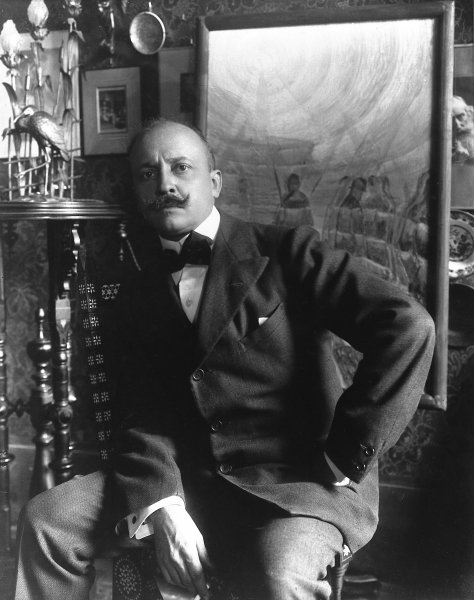
Filippo Tommaso Marinetti wasn’t an artist – he was a poet. He wrote the Manifesto in 1908 and it first appeared as a preface to a volume of his poems, published in Milan in January 1909. It was also published in the Italian newspaper Gazzetta dell’Emilia in Bologna on February 5, 1909, then in French, as Manifeste du futurisme in the newspaper Le Figaro on February 20, 1909.
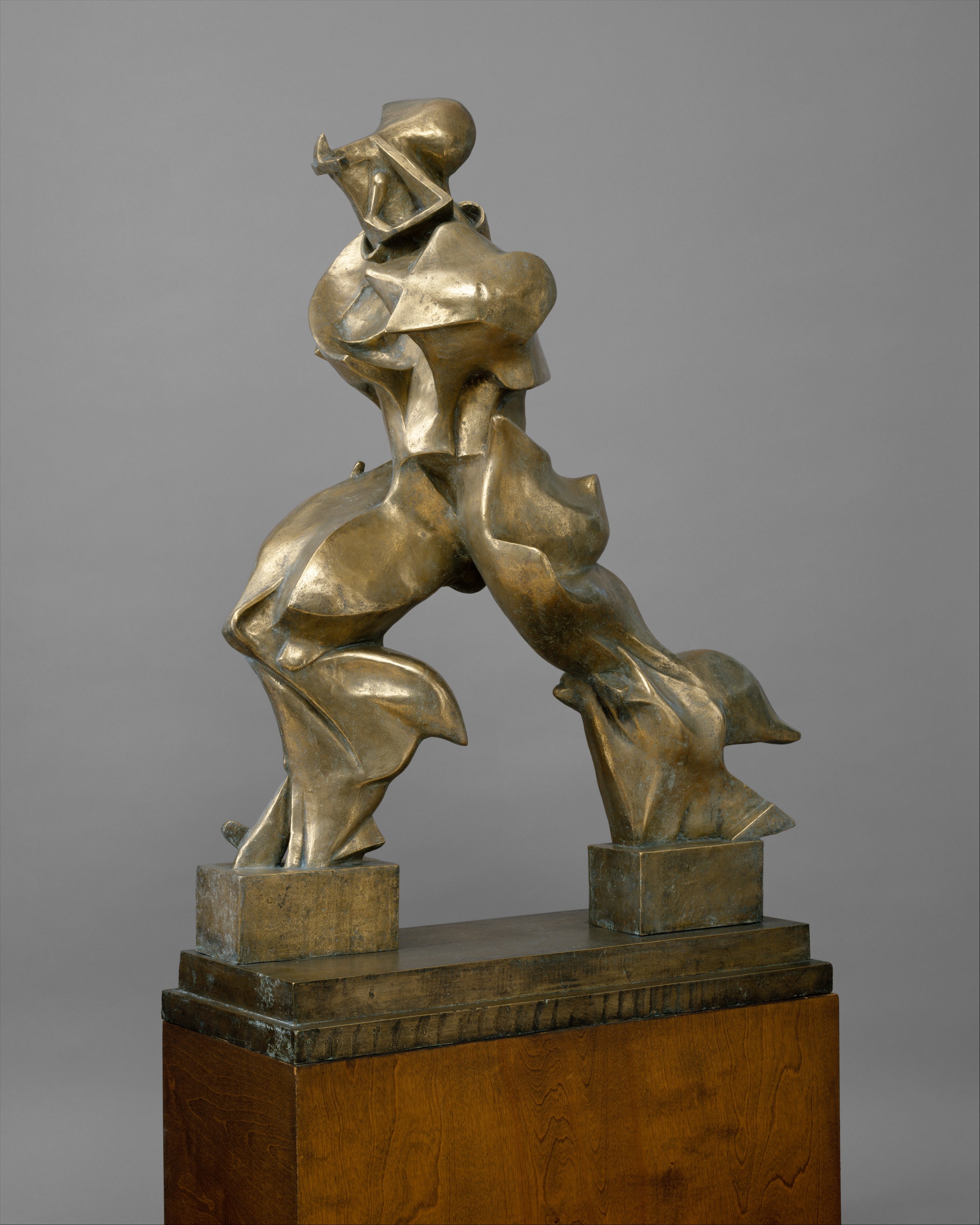
For Futurists, 19th-century Italy was the synonym for everything horrible. They wanted Italy to be up to date with the growing importance of industry, to have the power to participate in new experiences, and to find the superior essence of progress in its major symbols: the car and its speed.
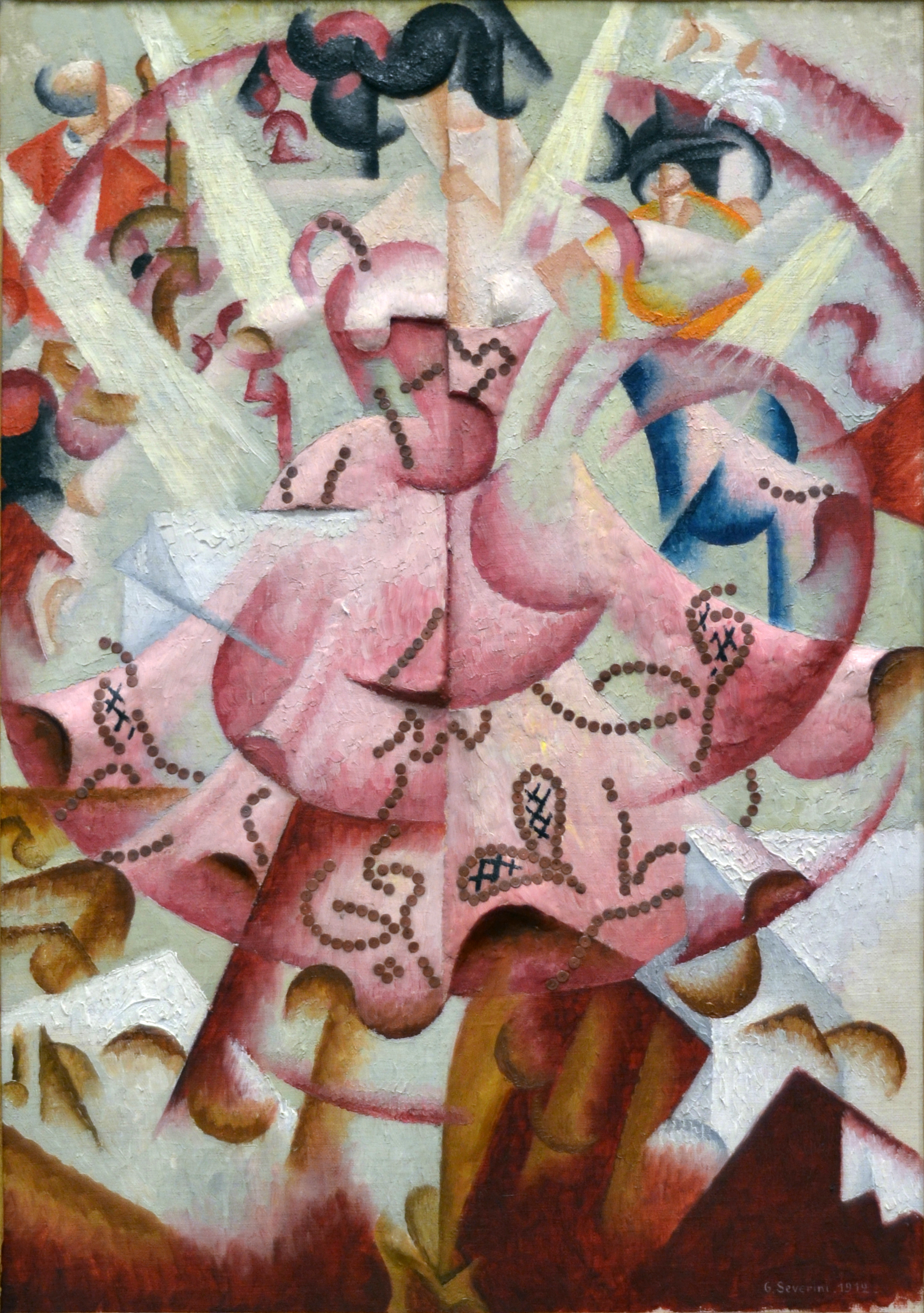
Futurists wanted literature to be a part of the progress. They wished it could adapt to it and become a tool for manifesting it.

Man is reacting against the potentially overwhelming strength of progress, and shouts out his centrality. Man will use speed, not the opposite.
Manifesto of Futurism, art. 5 and 6.

In the Manifesto of Futurism, poetry is seen as a tool to help men submit their souls to be a part of the new reality (art. 6 and 7), indicating a new concept of beauty that will refer to the human instinct of aggression.
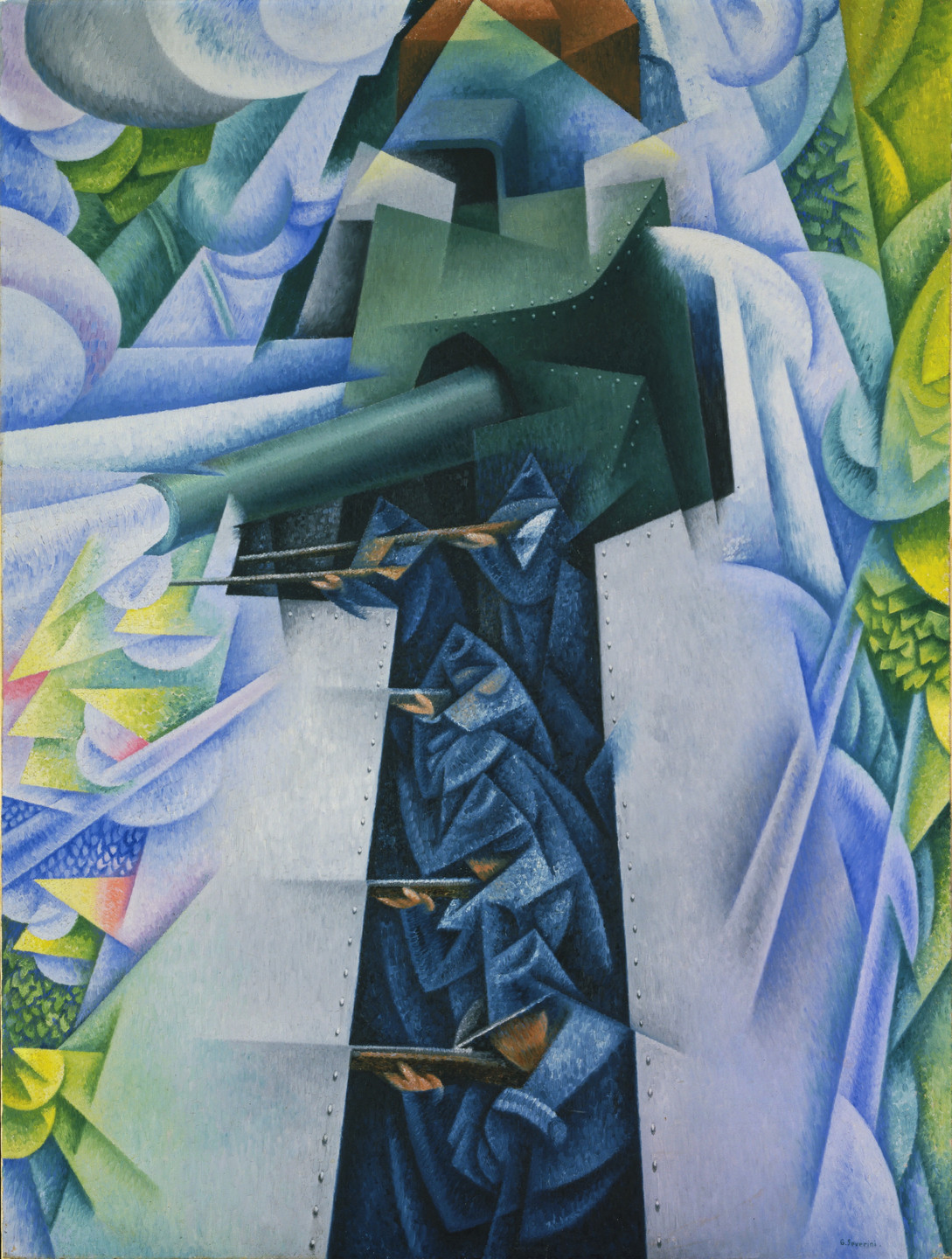
In the Manifesto, war is dangerously defined as something necessary for the health of the human spirit, a purification that allows and benefits idealism. Their explicit glorification of war and its “hygienic” properties influenced the ideology of fascism. The Futurist Party, for example, became part of the Combatto Fascisti before they assumed power in the Italian government power. Marinetti was very active in fascist politics before he finally withdrew.
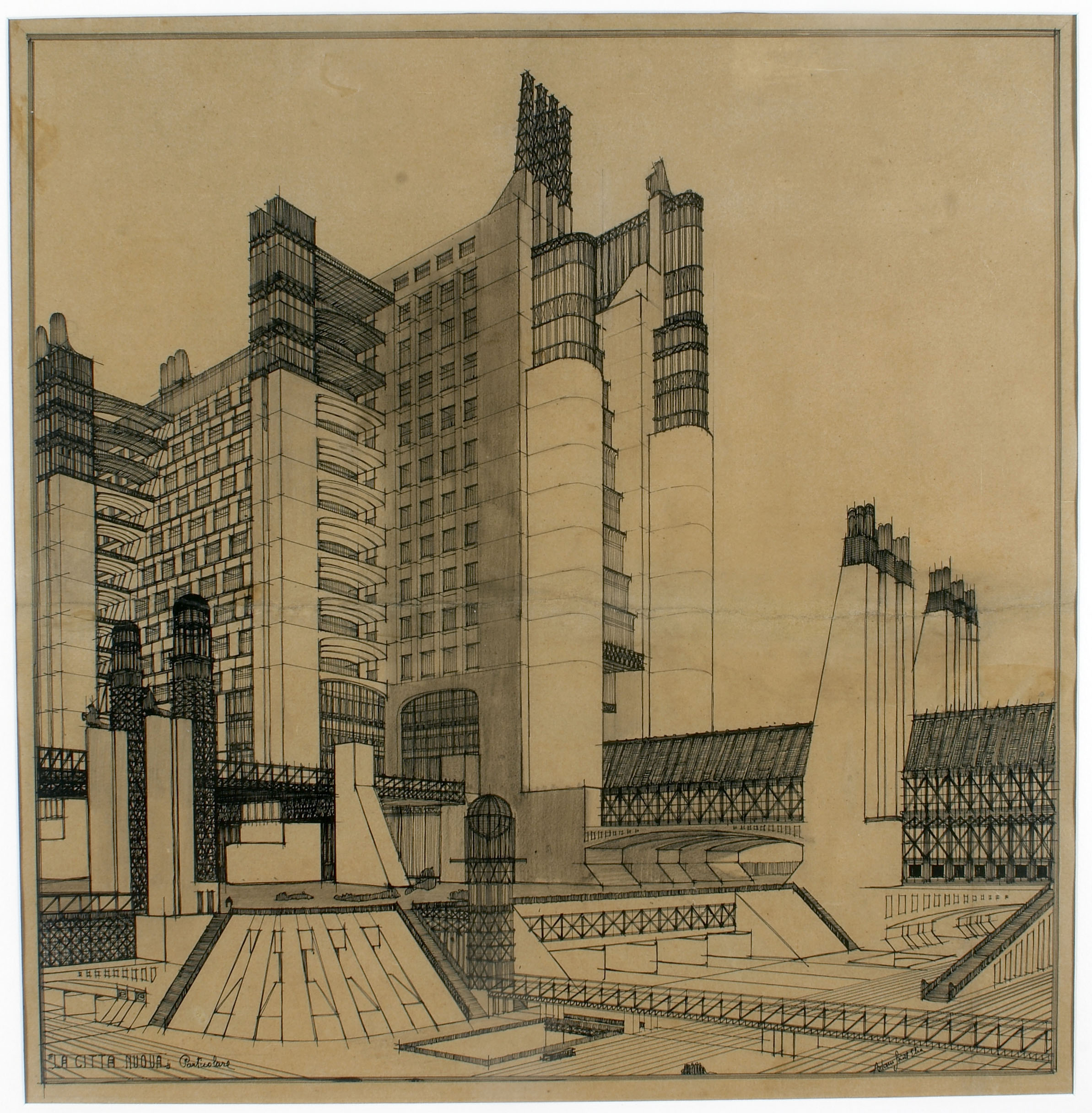
We want to demolish museums and libraries, fight morality, feminism and all opportunist and utilitarian cowardice.
Manifesto of Futurism, art. 10.
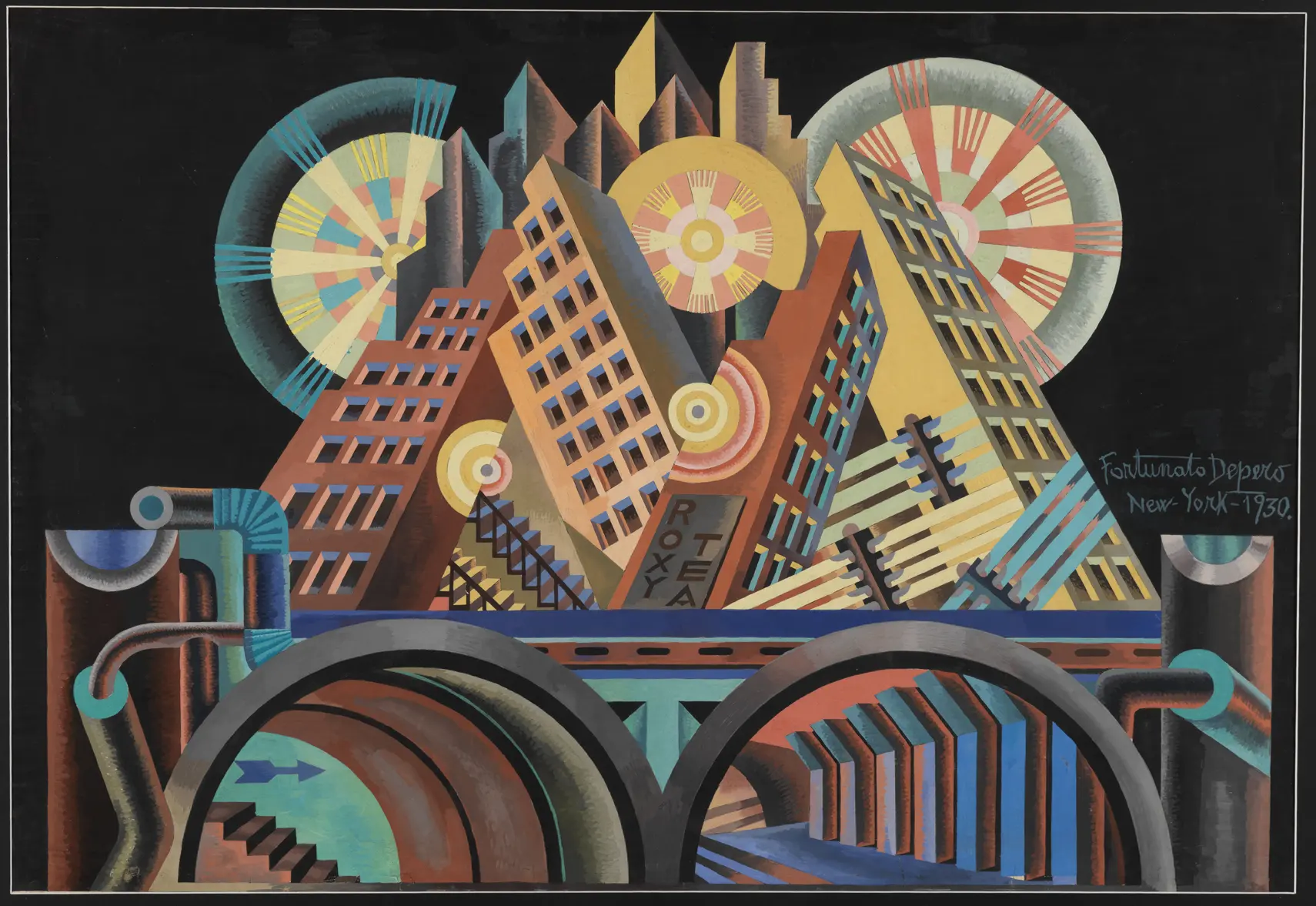
The founding Manifesto did not contain a positive artistic program, which the Futurists attempted to create in their subsequent Technical Manifesto of Futurist Painting (1914). This committed them to a “universal dynamism”, which was to be directly represented in painting.
Here, you can read the whole Manifesto of Futurism – although I really like Futurism in an aesthetic way, some of these points sound like a real nightmare.
1. We intend to glorify the love of danger, the custom of energy, the strength of daring.
2. The essential elements of our poetry will be courage, audacity, and revolt.
3. Literature having up to now glorified has exalted a pensive immobility, ecstasy, and sleep. We intend to exalt aggressive action, feverish insomnia, the racer’s stride, the mortal leap, the punch, and the slap.
4. We declare that the splendour of the world has been enriched with a new form of beauty, the beauty of speed. A race-automobile adorned with great pipes like serpents with explosive breath… a race-automobile which seems to rush over exploding power is more beautiful than the Victory of Samothrace.
5. We will sing the praise of man holding the fly-wheel of which the ideal steering-post traverses the earth impelled itself around the circuit of its own orbit.
6. The poet must spend himself with warmth brilliancy and prodigality to augment the fervor of the primordial elements.
7. There is no more beauty except in struggle. No master-piece without the stamp of aggressiveness. Poetry should be a violent assault against unknown forces to summon them to lie down at the feet of man.
8. We are on the extreme promontory of ages! Why look back since we must break down the mysterious doors of Impossibility? Time and Space died yesterday. We already live in the Absolute for we have already created the omnipresent eternal speed.
9. We will glorify war – the only true hygiene of the world – militarism, patriotism, the destructive gesture of anarchists, the beautiful Ideas which kill, and the scorn of women.
10. We will destroy museums, libraries and fight against moralism, feminism and all utilitarian cowardice.
11. We will sing of great message agitated by work pleasure or revolt: we will sing of the multicolored and polyphonic surf of revolutions in the modern capitals; the nocturnal vibration of arsenals and docks beneath their glaring electric moons; greedy stations devouring smoking serpents; factories hanging from the clouds by the threads of their smoke; bridges like giant gymnasts stepping over sunny rivers sparkling like diabolical cutlery; adventurous steamers scenting the horizon; large breasted locomotives bridled with long tubes, and the slippery flight of aeroplanes whose propeller has flag-like fluttering and applauses of enthusiastic crowds.1
Filippo Tommaso Marinetti, Manifesto of Futurism, Poesia, c. 1909. Wikipedia.
DailyArt Magazine needs your support. Every contribution, however big or small, is very valuable for our future. Thanks to it, we will be able to sustain and grow the Magazine. Thank you for your help!